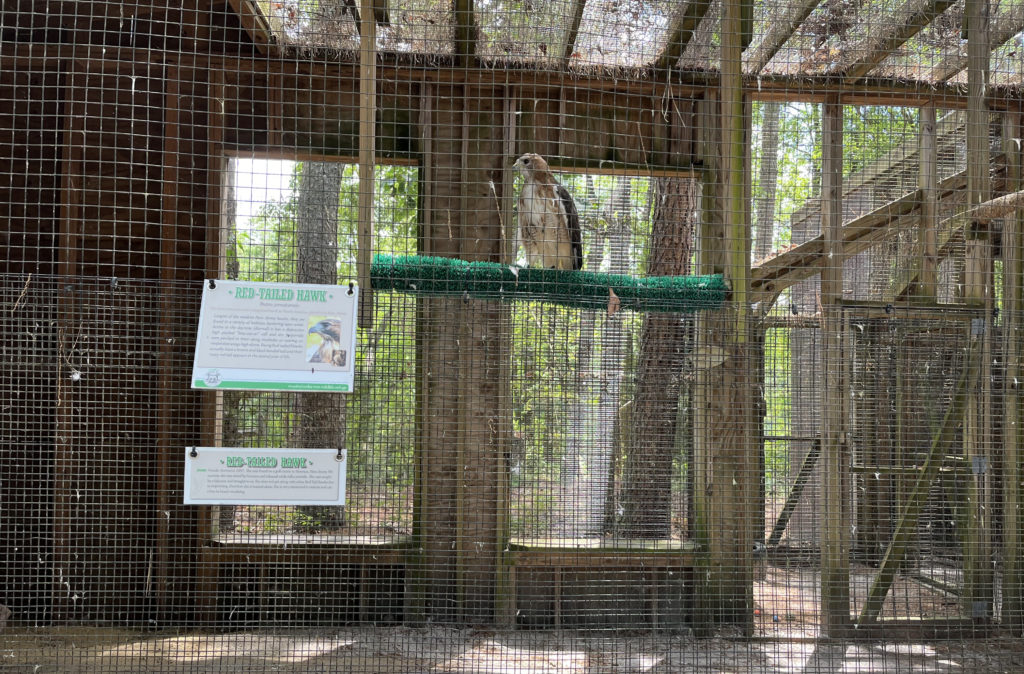
Woodford Cedar Run Wildlife Refuge in Medford offers a variety of programs year round, including learning and education programs, field trips, summer camps, Scout programs and afterschool programs.
“I think one of the biggest draws is being able to see the animals up close,” said Lisa Franco, the refuge’s assistant director of development and communications.
Cedar Run’s facilities include a nature center with classroom and Pinelands exhibits; an outdoor wildlife area that houses nearly 60 animals, including mammals, reptiles, falcons, vultures and waterfowl; and a covered picnic pavilion. There are also three miles of hiking trails through 171 acres of upland forests and wetlands and a seven-acre cedar lake.
The refuge’s Woodford Nature Center is a wildlife area that is home to nearly 60 native residents and a rehabilitation hospital that sees more than 6,000 animals each year. Cedar Run engages in habitat preservation and the state- and federally licensed hospital provides nature and STEM-based education programs for more than 30,000 students and Scouts each year.
“A lot of our animals, because they’re injured … people get to see owls, which they wouldn’t normally get to see,” Franco said of what she believes attracts people to the refuge. “An owl doesn’t really want to be seen, especially at night, so they’re not the most common thing that people are going to see.
“So being able to see one up close and personal, they’re (visitors) able to have a little bit more appreciation for what they do, as the species.”
Cedar Run programs can be explored at www.cedarrun.org. If you can’t visit the refuge, it will bring animals to you. Refuge on Wheels will arrive at your chosen location ready to present on a variety of topics.
Staff will bring artifacts and animals and host a presentation that will often include audience participation. Programs are suitable for all age groups and can be adapted to meet a group’s needs.
“ … I think what really entices people is knowing that we are a facility that is a free resource to the public,” Franco noted, “and to be able to give back knowing the type of work that we do with the wildlife rehabilitation hospital and our environmental education … And also having the habitat conservation of 171-acres, I think that really is a ‘sold’ component once people know about us.
“Our biggest factor is actually getting people to know that about us,” she added. “Once they (do) … I feel like we can hook them in … It’s really getting them to know that we’re here.”









